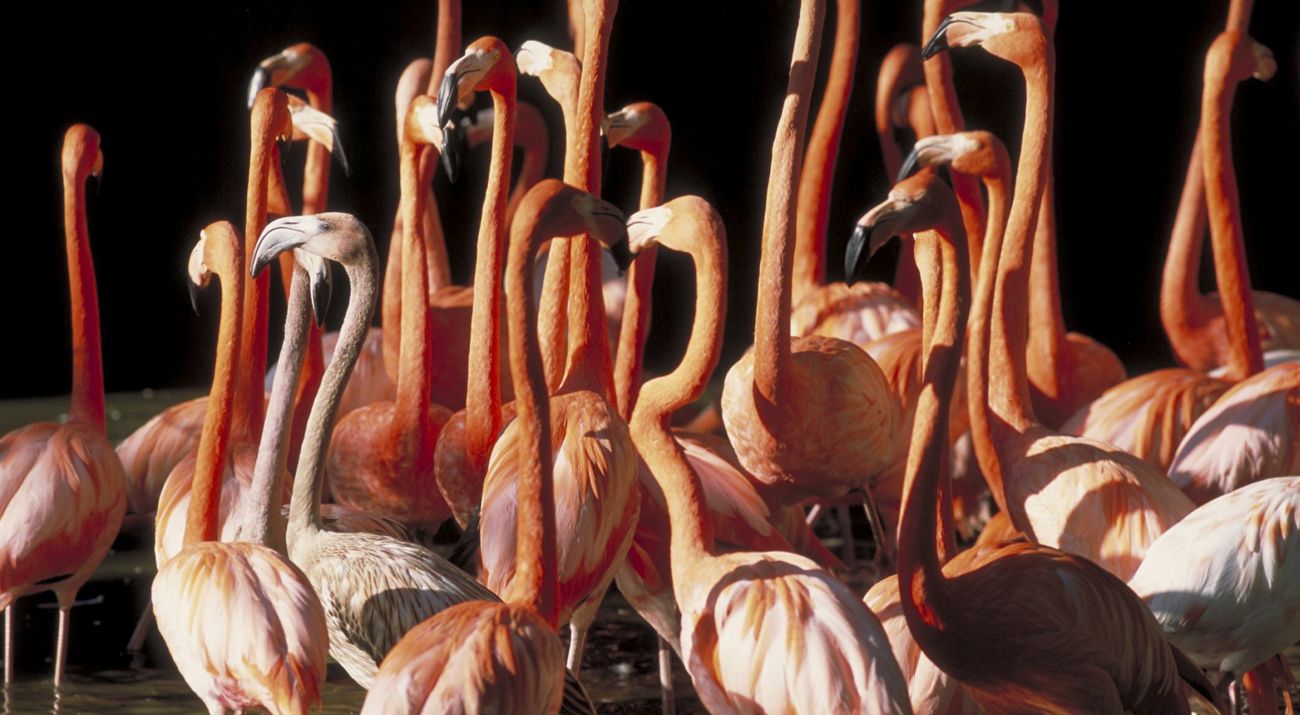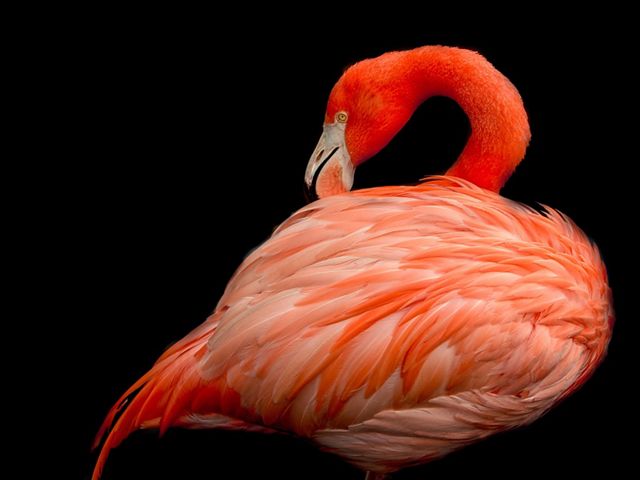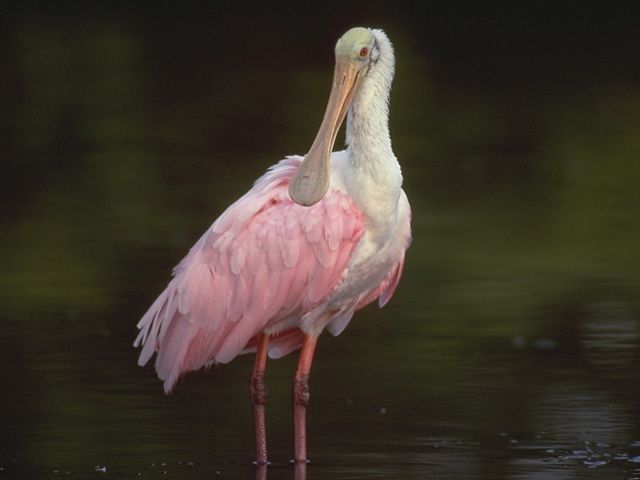
Are Flamingos Native to Florida?
Flamingos flocking to conserved Florida wetlands may be natives after all.
Few Floridians have ever seen a flamingo in the wild, but recent chance encounters with the pink wading birds may help solve a century-old controversy: Are flamingos native to the state?
"It's a mega-rarity, but I have seen them in flooded fields in West Palm, down near Snake Bight in the Everglades and near Flamingo in Monroe County," said Roberto Torres, a field representative for the Conservancy's Miami program. "They're out there."
Sightings like Torres'-an expert who has spotted them during bird surveys for the Conservancy-combined with an ecologist's photograph in 2012 of a large flock in the Everglades and another in Palm Beach County, prompted scientists to question if flamingos truly belong in Florida.
The conventional wisdom said no. Florida flocks were thought to be Bahamian vagrants from Andros Island.
"Or maybe," Torres said, "from Cuba or the Yucatan, where there are larger flamingo populations."
A recent study, however, calls this assumption into question. Published in the American Ornithological Society's February 2018 edition of The Condor, the study details how researchers used satellite trackers and aerial surveys, plus old-fashioned detective work in archives (including the accounts of feather traders in the 1800s who reported flocks in the thousands before overhunting all but wiped flamingos from the state).
The surprise conclusion of the study: Flamingos are likely native to Florida.

Why does it matter? Flamingos now could have their status reassigned with the federal and Florida Fish and Wildlife Commission, which offers the possibility of more habitat protections.
The Conservancy, of course, has long been at the forefront of protecting wetlands for rare birds like the flamingo.
"We have been instrumental in the acquisition process for the South Dade Wetlands Project, which has been crucial to the protection of thousands of acres used by wading birds," Torres said.
Working in partnership with Miami-Dade's Environmentally Endangered Land Program to preserve the remaining unprotected portion of the Everglades, the Conservancy has helped the program acquire more than 50,000 acres in the region, and has assisted with the purchase of 20,000 acres. In April 2018, the program will close on 600 additional acres, appealing habitat for native and tourist flamingos alike.

Spotting Pink Birds
Birding in wetlands supported by the work of the Conservancy offers your best bet to find two iconic pink species for your life-list.
|
Where |
Time of Year |
Where to find them |
Flamingo |
Everglades, the Keys |
Spring–Summer |
Shallows, mangroves |
Roseate Spoonbill |
Most of Florida |
Spring–Fall |
Mudflats, marshes, estuaries |
Source: ebird.org (The Cornell Lab of Ornithology)